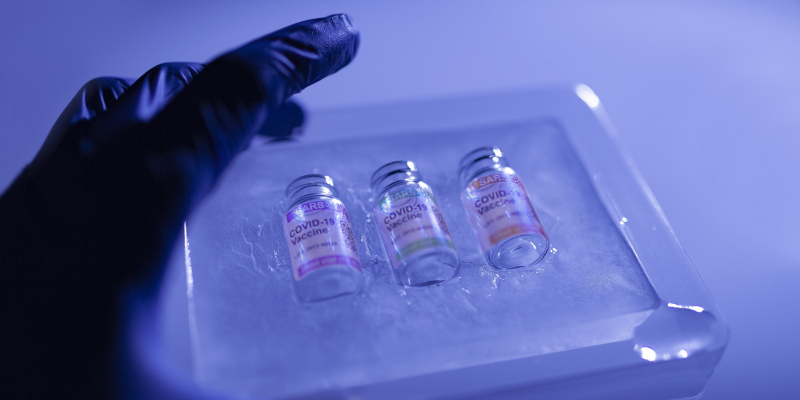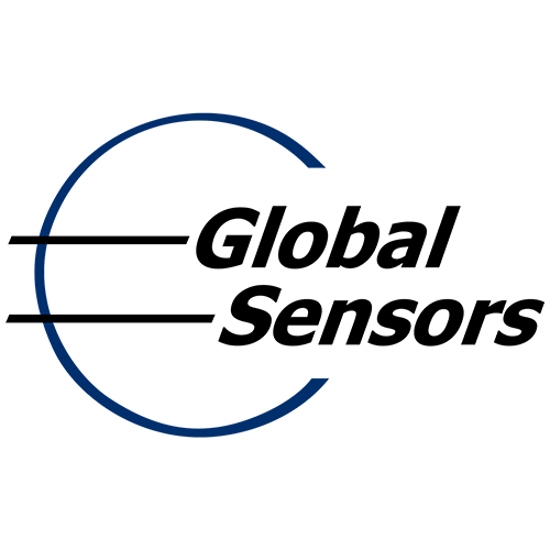Here at Global Sensors, we understand that many products need to be kept within certain temperature parameters during transit—for example, frozen foods obviously need to be kept frozen. In addition, some products, such as vaccines, need to be kept at extremely low temperatures, and these types of shipments require specialized tracking and monitoring equipment. Our team provides the high-quality ultra-low temperature monitoring solutions you need, and in this article, we will go over a few things you need to know about this technology.

• Defining Ultra-Low Temperatures. The first thing you need to know about ultra-low temperature monitoring is exactly how low these low temperatures are. Most standard cold shipment trucks are designed to keep their goods below freezing (or 0° C) but aren’t necessarily capable of getting them much colder than that. Vaccines, on the other hand, often need to be kept at or below temperatures as low as -80° C, which requires specialized transportation and sensors.
• Challenges of Ultra-Low Temperature Monitoring. Another thing that you need to know about ultra-low temperature monitoring is the many challenges involved. For example, most standard temperature monitors have a sample rate of 30 minutes, while effective ultra-low temperature monitoring requires sample rates of just 5 minutes. In addition, ultra-low temperature monitoring requires more robust data sharing to allow more experts to keep an eye on the shipment and intervene if the temperature looks like it’s rising too high. Fortunately, our team offers top-notch monitors that have the detailed sampling and real-time data sharing capabilities you need.


